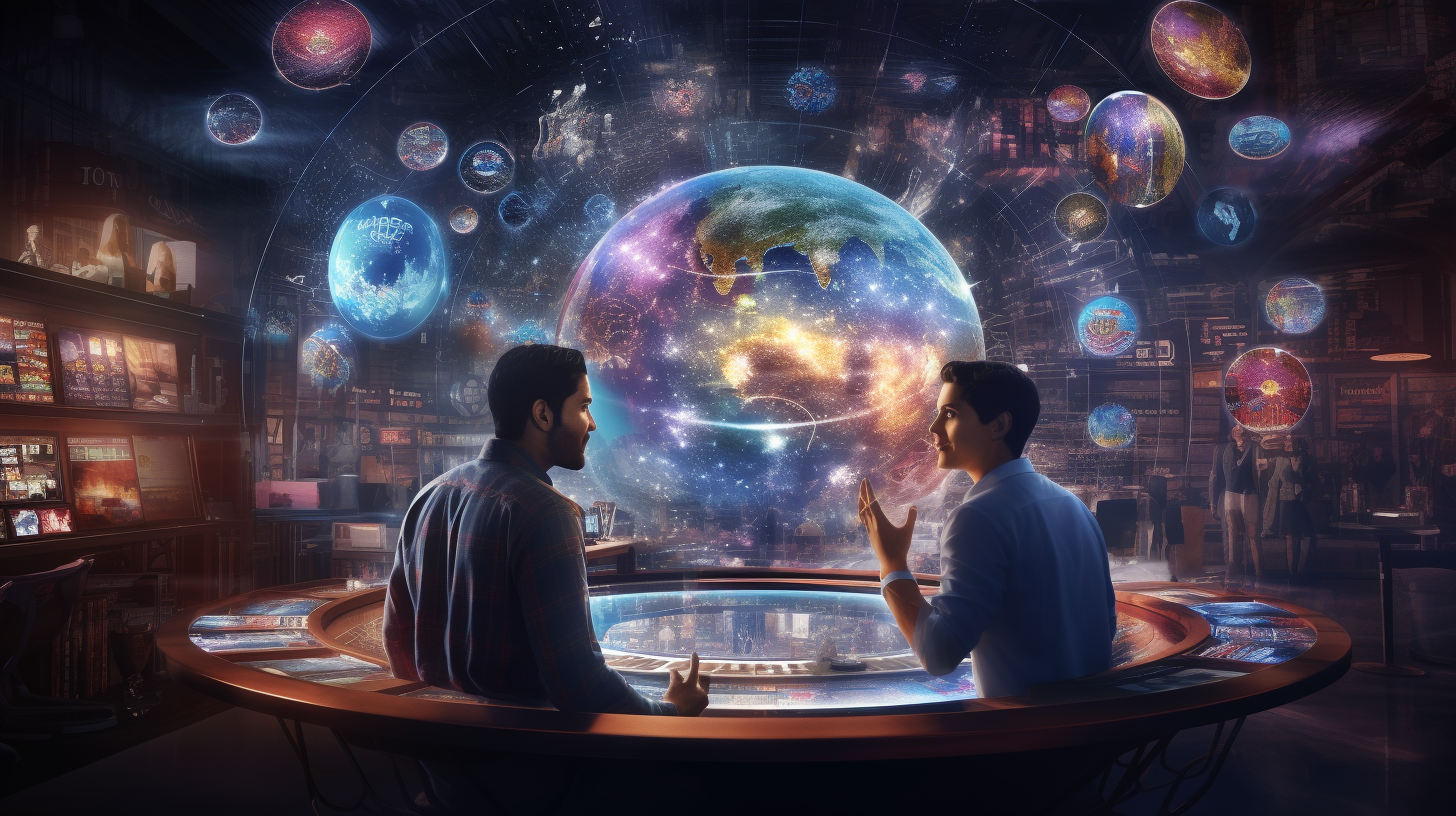
AI In Space Exploration: Satellite Systems, Rovers, Mission Planning
Ever dreamt of exploring space? Now, you're not alone. AI's rise it's revolutionizing how we reach the stars.
Imagine satellites, rovers, and entire missions operated by intelligent machines. You'll dive into the role of machine learning in data analysis, autonomous navigation on alien terrains, and predictive modeling for space missions.
Ready to rocket into this brave new world? Let's explore AI's thrilling potential in space exploration together.
The Role of Machine Learning in Astronomical Data Analysis
You'll find that machine learning is indispensable when analyzing astronomical data. This advanced tech sifts through massive amounts of data, identifying patterns you'd have missed otherwise. Remember those distant galaxies? Machine learning helps spot them. It's also a whiz at detecting exoplanets, making it a key tool in the search for extraterrestrial life.
Imagine you're trying to predict solar flares. That's a tough job. Well, machine learning's got your back. It can predict these destructive flares, allowing us to take preventive measures.
It's not just about discovery and prediction, though. Machine learning also aids in mission planning and satellite systems management. In short, it's revolutionizing space exploration in ways you might've never thought possible.
Autonomous Navigation in Extraterrestrial Terrains
Navigating extraterrestrial terrains autonomously presents unique challenges scientists are still working to overcome. Imagine you're piloting a rover on Mars. You can't rely on GPS because it doesn't exist there. So you use cameras, lidar, and machine learning to map the landscape and plan your path. You're constantly making decisions about what's safe terrain and what's not, all while trying to reach your science targets.
Your rover also has to be able to react to unexpected situations. Maybe it's a steep slope or a sudden dust storm. You need to stay on mission, but you also need to keep your rover safe. It's a balance that requires innovative technology and ongoing research.
Autonomous navigation in space isn't easy, but it's an exciting frontier in AI and space exploration.
Predictive Modelling for Space Missions
Predictive modeling for space missions is a game-changer. It's crucial to anticipate potential problems and find solutions before they occur. It's like your crystal ball, giving you a glimpse of future obstacles.
You can analyze vast amounts of data from past missions using algorithms and AI. You're not just learning from history, you're using it to shape the future.
These models can predict equipment failure, estimate fuel consumption, and even anticipate weather conditions on alien worlds. It's all about reducing risk, saving resources, and ensuring the safety of astronauts.
But it's not just practical – it's exciting. You're at the cutting edge, pushing the boundaries of what's possible, shaping the future of space exploration. It's game-changing, it's pivotal, and you're right in the middle of it.
Deep Learning for Satellite Imagery Interpretation
Diving into the world of deep learning for imagery interpretation, it's like deciphering a complex visual code. You're transforming raw pixels into meaningful insights. You're not just looking at pictures; you're teaching a machine to recognize patterns, shapes, and anomalies.
Deep learning algorithms are your tools. They use layers of artificial neural networks to dissect and interpret satellite imagery. These images aren't just pretty pictures from space. They're a goldmine of data, a treasure trove of information about our universe.
With deep learning, you can classify landforms, track weather patterns, and even predict natural disasters. You're not just exploring the cosmos; you're helping to protect our planet.
So keep digging, and keep learning because every pixel holds a discovery.
Supervised Learning in Mission Scheduling and Management
In supervised learning for scheduling and management, you're in control. You use labeled data to train your models and optimize operations. You can fine-tune algorithms for mission planning, making space exploration more efficient and reliable.
The process starts with defining the desired outcomes and feeding your system with relevant examples. It's like teaching a child, only it's an AI with a hunger for data and patterns.
You can use these methods to manage and coordinate satellite systems, rovers, and other space exploration tools. By predicting the best times for launching and guiding missions, you're not just saving resources but increasing the chances of success.
Conclusion
So, you've seen how AI is changing the game in space exploration. AI's impact is immense, from analyzing astronomical data to navigating alien terrains and planning missions. It's transforming satellite imagery interpretation and even mission management.
The future of space exploration will heavily rely on AI. So, let's keep our eyes on the stars and see where this exciting journey takes us!
Start writing here...